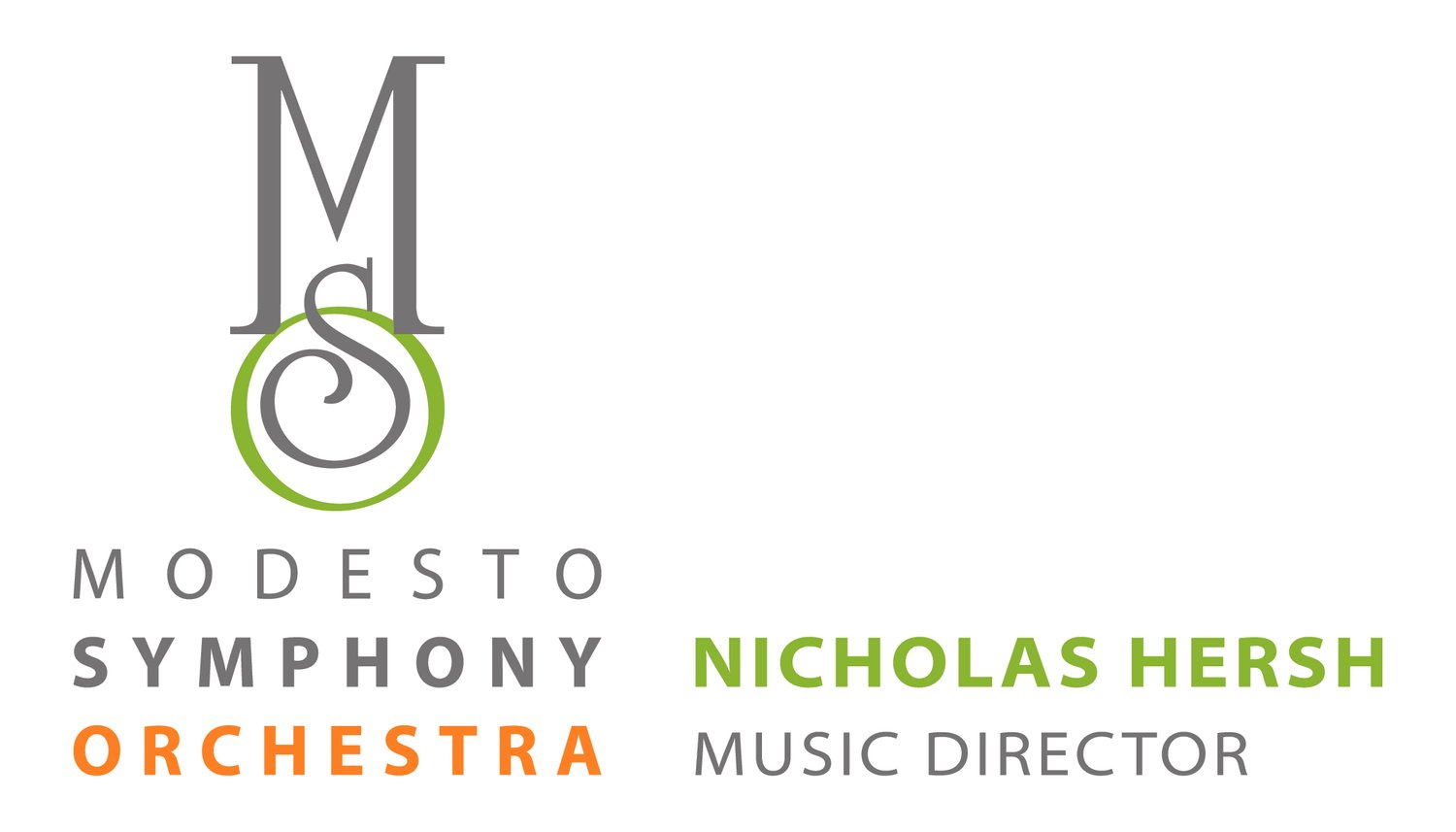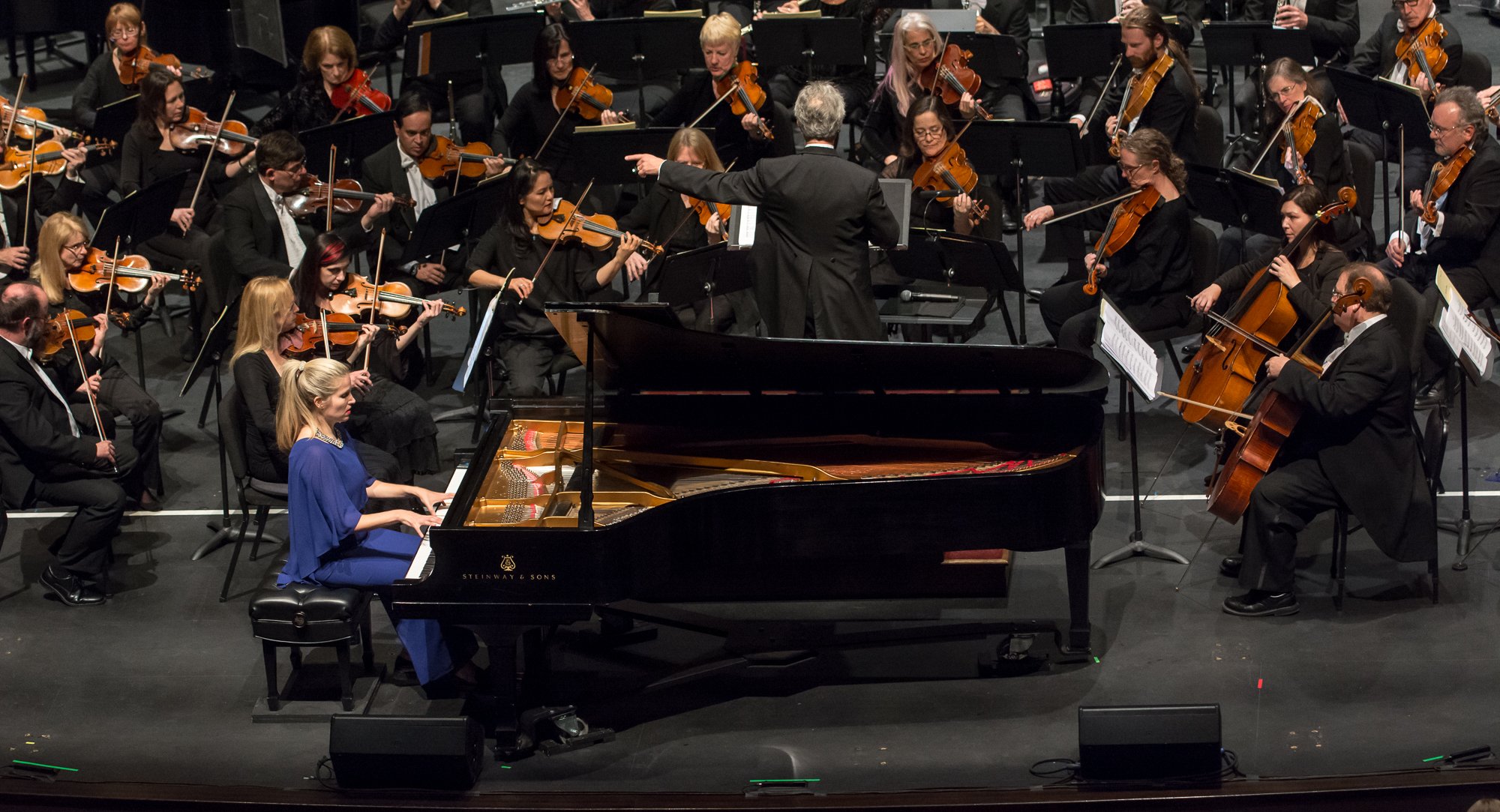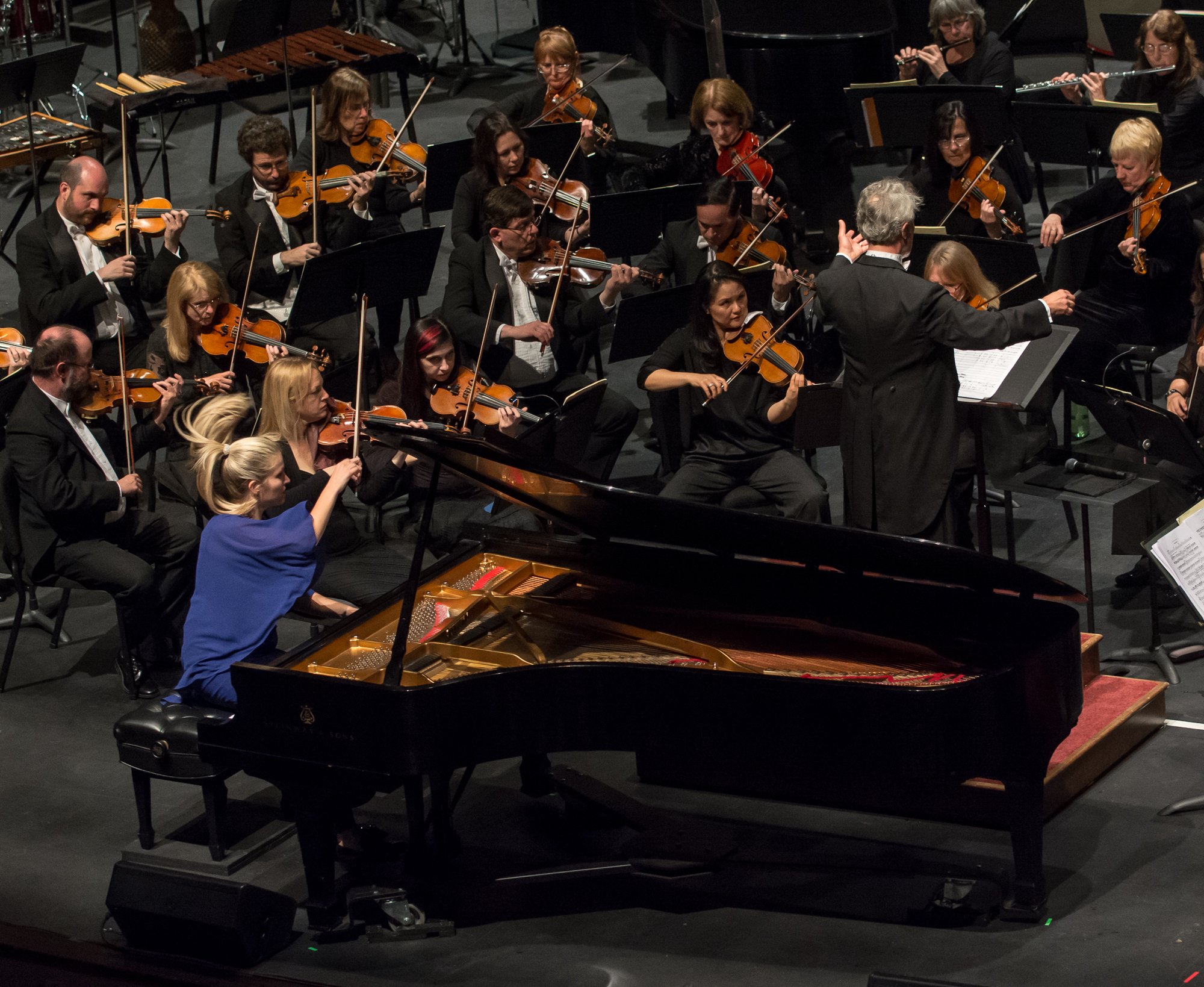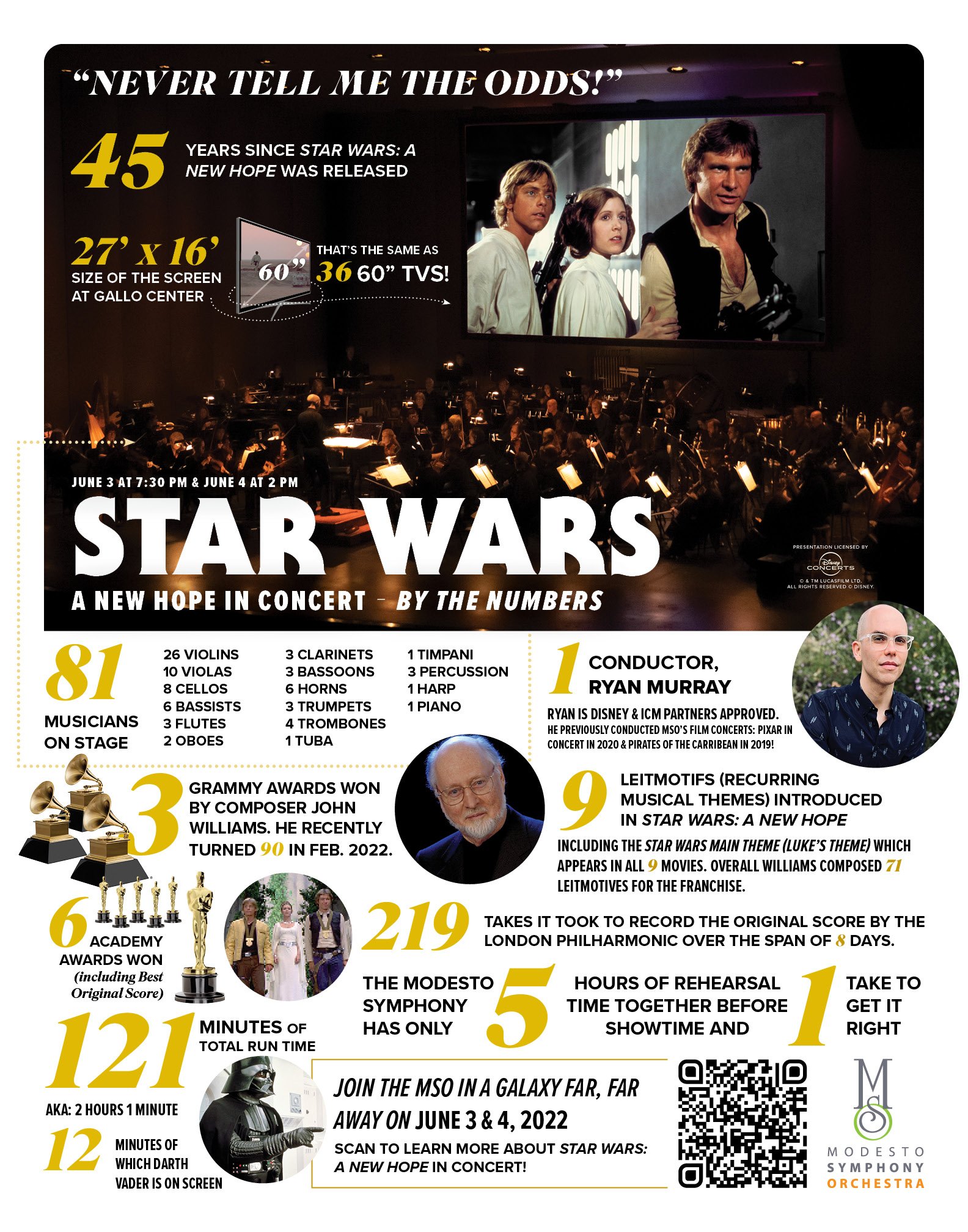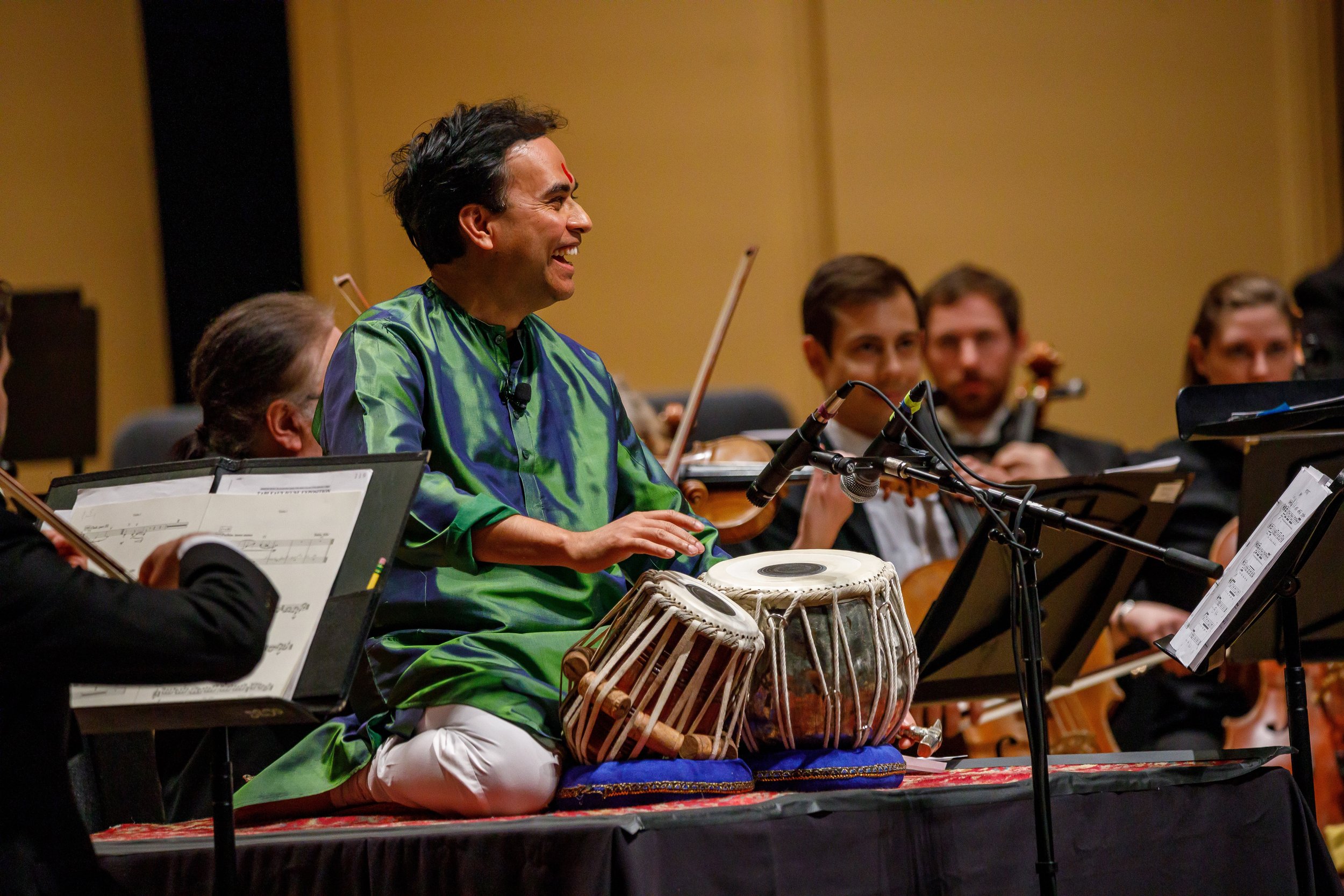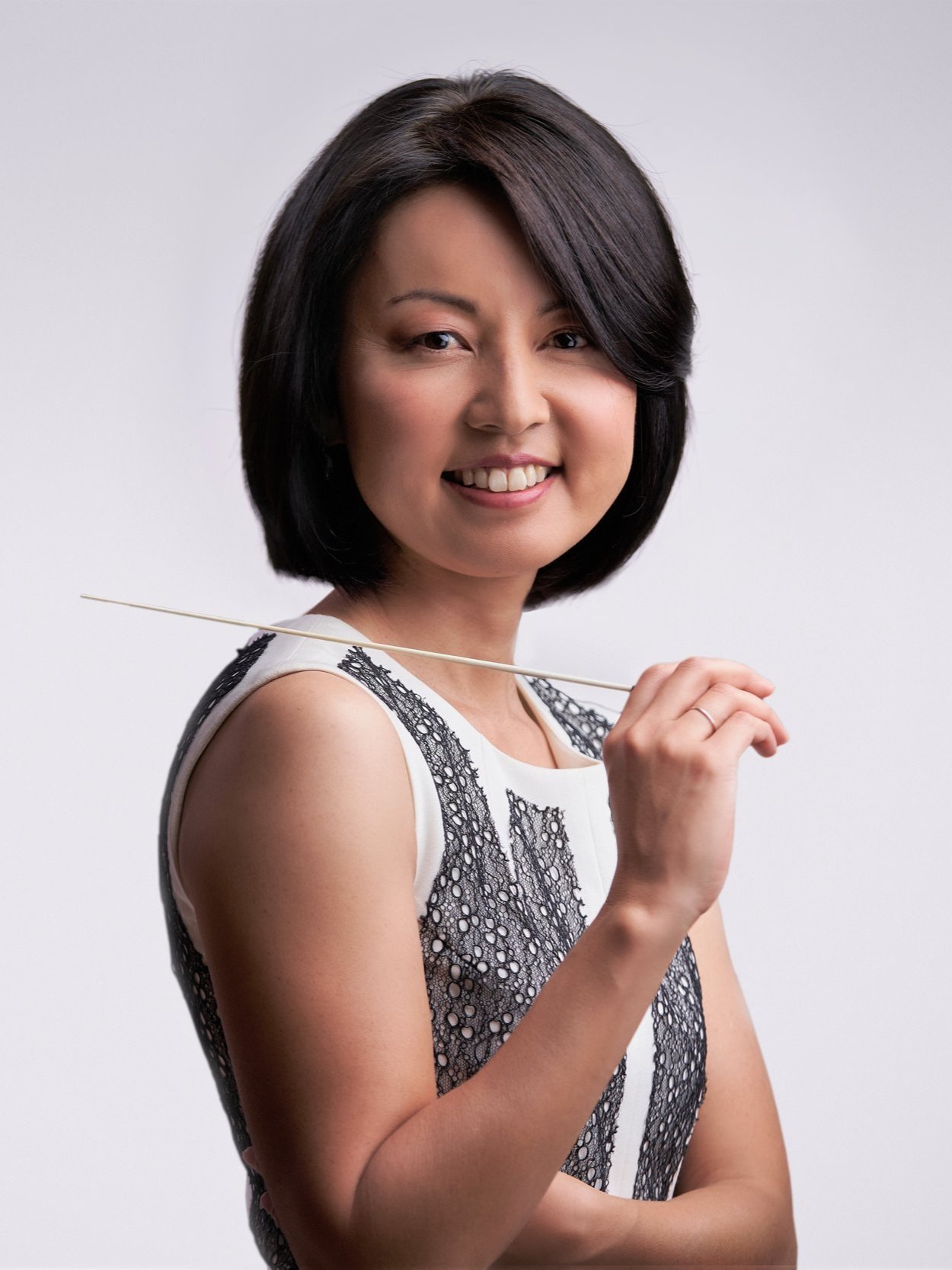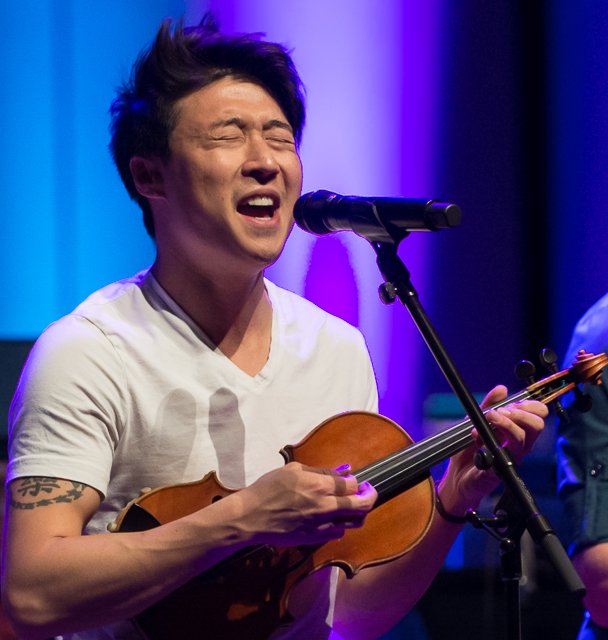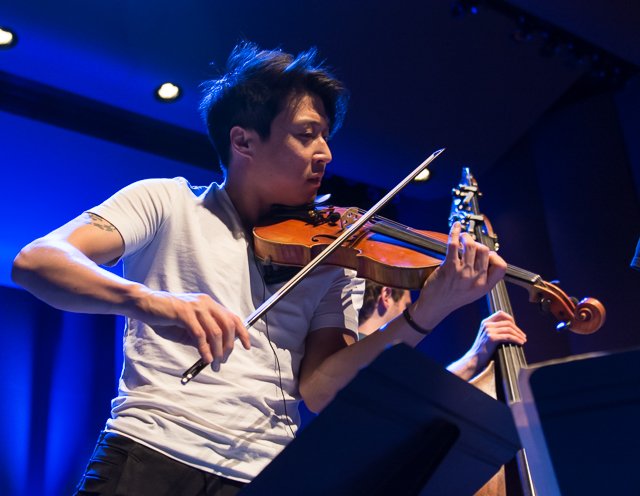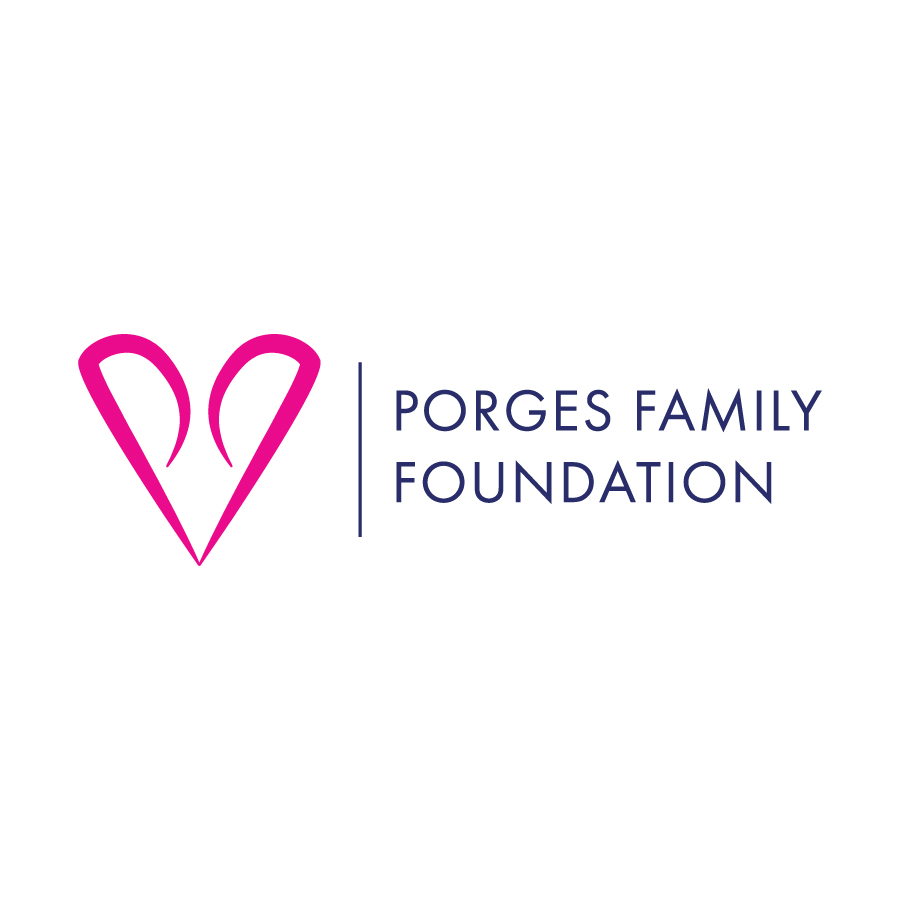MSO: This is the first time most of our audiences will see this piece performed live, however you have performed this many times before. What is your history with this piece, when was the last time you performed it?
Sandeep Das: I am actually coming in to Modesto right after a tour of this very concerto with the National Youth Orchestra of the United Nations in London, U.K. I feel Dinuk Wijeratne’s Tabla Concerto is one of the finest Western compositions written for my instrument, and I am looking forward to sharing it with everyone in the audience!
MSO: The tabla is an instrument not often highlighted in Western Classical music. Can you tell us more about this instrument, how you got into it, and how it had led you to where you are today?
SD: The Tabla are one of the most popular drums in the North Indian Classical tradition, a complex and highly refined music system that has been passed down orally for more than 4,000 years. There is a fun story about how I got into this instrument:
One day, when I was about 8 years old, I was sent home from school with a note from my teacher. I had been disturbing the class by tapping on my desk, and when asked to stop, I started tapping my feet! They suggested that I be taken to a doctor.
Luckily, I had a smart father, and instead of taking me to a doctor, he gifted me my first pair of Tabla, and my lessons began that very night.
My Guru, Pt. Kishan Maharaj, was a legend of North Indian Classical Music in the same way Bach, Beethoven, and Mozart are revered as legends of Western Classical Music. I learned Tabla in the traditional Indian Guru-Shishya Parampara, a system where the Shishya, or student, lives with their Guru (teacher) as a member of the household while they are learning.
For 12 years, I lived with my Guru in Banaras, an ancient Indian city known as a historical and contemporary center for intellectual, spiritual, and artistic learning. Music was taught to me not just as an art form, but as a way of life. Guruji would teach when and however he pleased. I was even taught while sitting in the garden, riding horses, and performing on stage with him at a concert!
